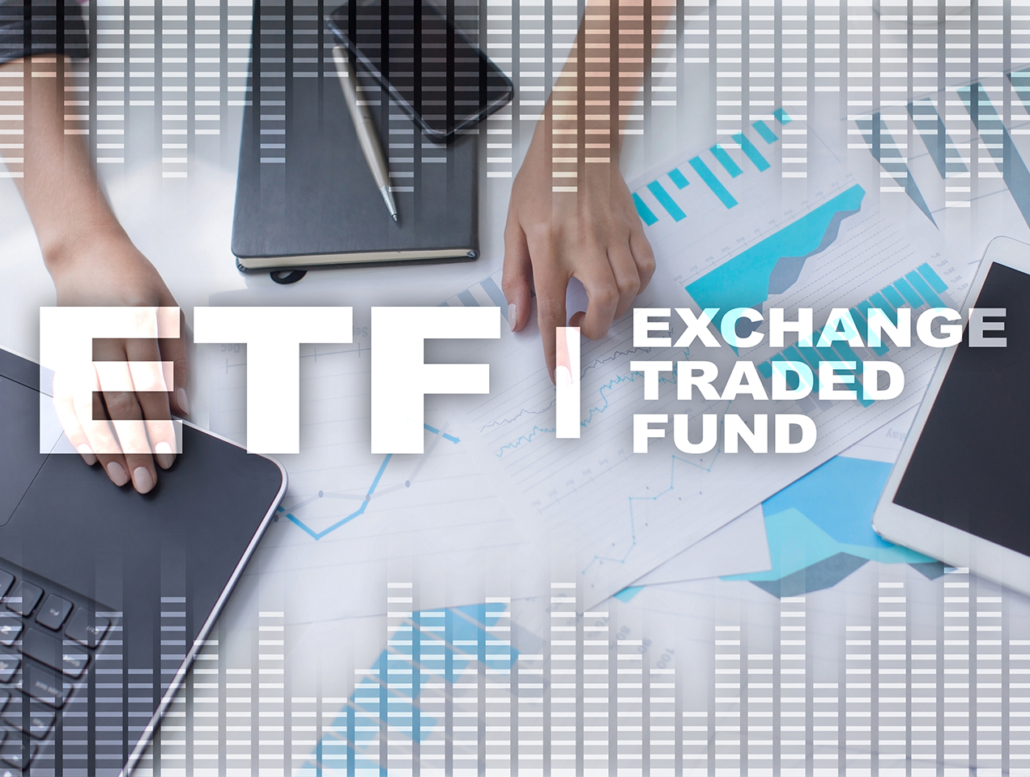Exchange Traded Funds – better known to most of us as ETFs – have become a cornerstone of many investors’ portfolios, but how did they get there?
It’s a success story with a relatively short history, but investors have quickly taken ETFs to their hearts.
Benefits including broad coverage of chosen markets, protection against capital gains tax, flexible trading and low overheads all combine to make good sense of ETFs.
Here’s a closer look at this rising star of the global investment world.
A brief history of ETFs
The history of ETFs really is brief. The first fledgling ETFs date back to 1989-90 but legal action prevented Index Participation Shares from being sold in the US.
Because of this, the title of the first truly successful ETF goes to Canada and Toronto Index Participation Shares, which started trading in 1990.
Soon after, their popularity among investors became apparent, and the US started working on their own version of ETFs that could not be blocked by SEC regulation.
Main benefits of ETFs
Some of the main benefits of ETFs have already been mentioned above, but let’s take a closer look at what makes ETFs so good…
- Market Coverage: By definition, ETFs have diverse coverage of a particular index, allowing investors to buy broadly into entire sectors in a single move.
- CGT Protection: Low turnover of portfolio securities means there are little capital gains generated, reducing exposure to Capital Gains Tax.
- Flexible Trading: ETF trading takes place throughout the day, not only when the markets close, and prices are updated frequently.
- Low Overheads: As well as the low turnover of securities, many ETFs are not actively managed, all of which reduces operating costs and the associated loss of profit.
In the UK the protection against CGT is even greater as ETFs can be held within SIPPs and ISAs, taking advantage of tax-free allowances.
Types of ETF
ETFs are divided into different types based on what they track, including:
- Stock ETFs that track a particular sector or national index.
- Bond ETFs that perform well when investors move money from stocks to bonds.
- Commodity ETFs linked to a specific commodity such as precious metals.
- Currency ETFs that trade on the value of individual currencies worldwide.
- Index ETFs that replicate the change in value of a particular index.
Within Index ETFs, the ‘sampling’ rate dictates how many of the different securities in that index are invested in by the ETF.
An Index ETF with a 100% sampling rate is called ‘replication’ as, in theory, it 100% replicates the value of the index.
The other extreme is termed ‘aggressive sampling’, where an ETF may invest in a very small percentage of the different securities that exist within a very large index.
Turbulent times
Like any investments, ETFs have had their turbulent times too. So-called ‘flash crashes’ occur when the value of ETFs becomes extremely volatile due to uncertainty in the market or sudden spikes in trading.
This occurred in both 2010 and 2015, with the former event ultimately blamed in part on ‘spoofing’ which had tricked the market into thinking prices were about to fall.
Spoofing has since been banned and ETFs scrutinised closely; however, many investors will be watching the markets closely in 2020 to see if there will be another flash crash with another five-year interval.
ETFs in emerging markets
ETFs have proved a popular way to invest safely in emerging global markets, as they can focus on a national index or a sector specific to a developing economy.
This allows them to replicate the value of investments that are usually only available to domestic investors within that country – such as China A-shares.
When an economy’s fortunes begin to change, it is relatively easy to pull out and reinvest into a different type of ETF, whether that means choosing a different emerging economy elsewhere in the world or shifting strategy towards an index or sector.
ETFs with ESG
As we reach the present day, the versatility of ETFs is highlighted by funds focused on environmental, social and governance (ESG) factors.
With consumers increasingly aware of ESG-related issues in their everyday lives, companies committed to eco-friendly operations are booming, and ETFs are an effective vehicle to focus on those kinds of firms.
As a result, ESG ETFs are able to capitalise on this so-called ‘green economy’, with tens of new ETFs launched on the London Stock Exchange in 2018 to cater to investor demand.
This is proof, if it were needed, that ETFs continue to evolve as they reach their 30th year, and continue to offer considerable value to investors who want to buy into a particular market with both focus and diversity in a single transaction.
Disclaimer: The information provided here is not investment, tax or financial advice. You should consult with a licensed professional for advice concerning your specific situation.




